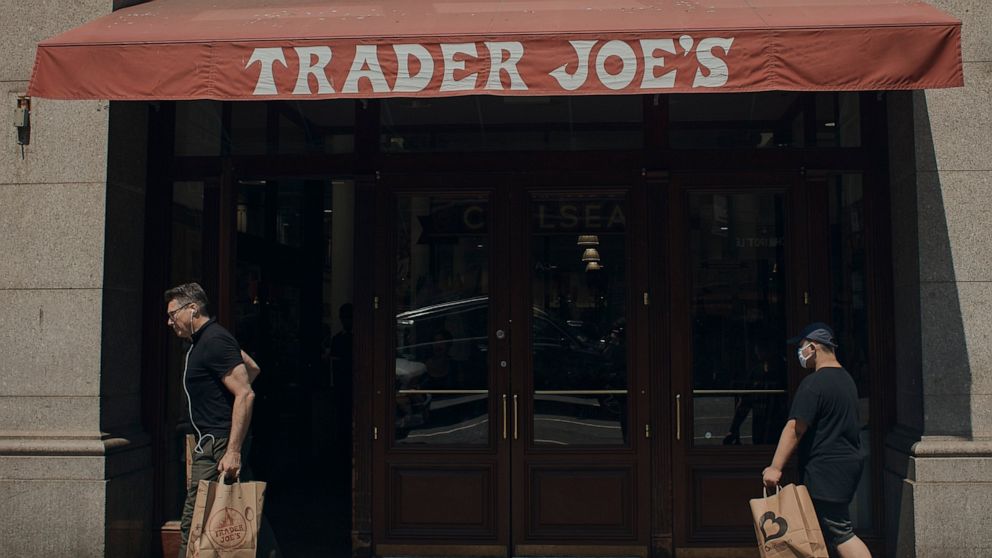New York — Chelsie Church was working as a manager at a Colorado Taco Bell when she found out workers at a nearby Pizza Hut were earning more than $1 an hour more than she was.
Her attempts to negotiate a raise were unsuccessful, so she kept hunting for another job, eventually finding one at Laredo’s Tacos, a chain connected to 7-Eleven.
“Even my Taco Bell manager said, ’If they’re gonna offer you $20 an hour — take it,’” Church said.
As inflation skyrockets, hourly workers like Church have been seeking different positions with better pay.
More than 4 million Americans have quit their jobs every month since June 2021, a level never seen before last year. A Pew Research survey found that about one in five U.S. workers say they are very or somewhat likely to look for a new job in the next six months.
For many workers on the low end of the pay scale, though, inflation has already eaten into or erased any real wage gains, said Brad Hershbein, senior economist at the Upjohn Institute for Employment Research.
In July, hourly earnings rose 0.5%, an increase of 5.2% over the past year — still not enough to keep up with inflation. And sometimes switching jobs may mean earning more while giving up benefits like health insurance or schedule consistency.
Still, hiring is booming — U.S. employers added more than half a million jobs in July, according to the monthly jobs report released Friday — and unemployment remains near a 50-year low, meaning job-switching will likely remain an option at least for the near future.
“One major source of worker power is the implicit threat that you’ll quit your job and take another,” said Heidi Shierholz, president of the liberal Economic Policy Institute. “When there’s a huge number of job openings at one time, that implicit threat is real.”
That could change if hiring slows and the U.S. economy continues to weaken. But for the moment, “The momentum is still with the worker,” said Hershbein. “We’re not where we were six to 12 months ago — but the labor market remains strong.”
Labor economist Kathryn Edwards, with the Rand Corporation, says that while hourly pay increases may be attainable right now through job-switching, other benefits — such as regular hours, sick days, and health insurance — are often not even on the table.
That’s why Ethan Ramsey, 21, continues working at the Publix supermarket in Miami, Florida, where he started in 2020.
Ramsay has seen more turnover and churn in…
Click Here to Read the Full Original Article at ABC News: Business…

